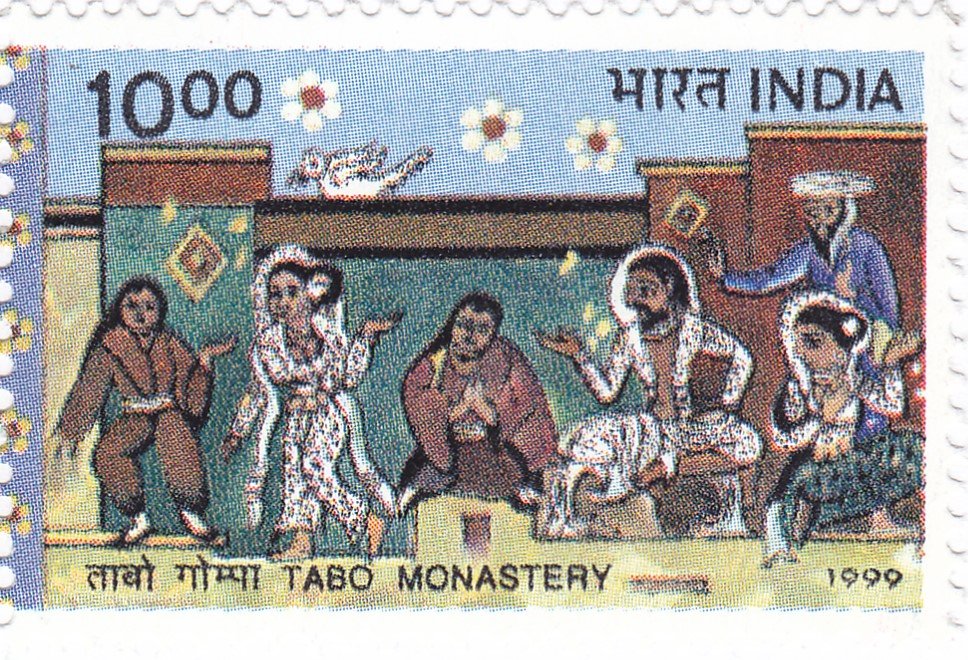Unity in Diversity – Traditional Scene

Technical Data
| Stamp Set | New Millennium - Unity in Diversity |
|---|---|
| Date of Issue | December 31, 1999 |
| Denomination | Rs. 10 |
| Quantity | 700,000 |
| Perforation | comb 13 x 13¼ |
| Printer | Security Printing Press, Nashik |
| Watermark | No Watermark |
| Colors | Multicolor |
| Catalog Codes |
Michel IN 1732 Stamp Number IN 1793 Yvert et Tellier IN 1498 Stanley Gibbons IN 1895 |
| Themes | Millennium |
Table of Contents
Unity in Diversity – Traditional Scene
Commemorative Stamp Set: Unity in Diversity
Design Elements:
- First Stamp: Depicts a traditional Indian village scene, showcasing people from different regions of India in their distinctive attire. The stamp features various cultural elements, such as folk dances, local crafts, and daily rural life.
- Cultural Symbols: Regional traditions like Kathakali dancers from Kerala, a Punjabi farmer working in the fields, and tribal women from the Northeast, all coexisting in harmony.
- Second Stamp: Highlights various religious landmarks such as a Hindu temple, a mosque, a Gurdwara, and a church, symbolizing India’s respect for all faiths and its long-standing tradition of religious tolerance.
Cultural and Historical Significance:
India has been home to numerous cultures, languages, and religions for thousands of years. The traditional scene depicted on this commemorative stamp set underscores the nation’s multicultural identity, reflecting how diverse communities live and thrive together. This scene highlights India’s inclusive society, where folk traditions, art, and religion play a major role in daily life, embodying the essence of “Unity in Diversity”.
Usage:
This stamp set celebrates India’s pluralistic society and its ability to balance tradition and progress. It serves as a reminder of the importance of maintaining cultural heritage while embracing modernization, and it is an ideal choice for cultural festivals, heritage conservation programs, and social unity initiatives.
Importance of the Commemorative Stamp Set:
The set highlights the rich tapestry of India’s diverse cultural and religious traditions, promoting the message of coexistence and unity. It showcases the core belief that although India is home to countless ethnic groups, languages, and customs, they all contribute to one unified nation. This portrayal of traditional life serves as an important reminder to cherish and protect cultural diversity while moving forward in a modern world.
Example of the Stamp Design:
The stamp captures a bustling village scene with men, women, and children engaged in traditional activities, set against the backdrop of colorful landscapes, fields, and religious structures. Folk musicians play in one corner while others carry out their daily work, symbolizing the rhythm of life in rural India.
Significance:
The traditional scene represents the harmonious blending of India’s numerous cultures, embodying the concept of unity in diversity. By celebrating various cultural practices and religious landmarks, this commemorative stamp set pays homage to the inclusive spirit that has shaped India’s history and remains central to its identity. It also encourages the continued respect for and preservation of cultural heritage, while emphasizing the value of living together in peace and mutual respect.
